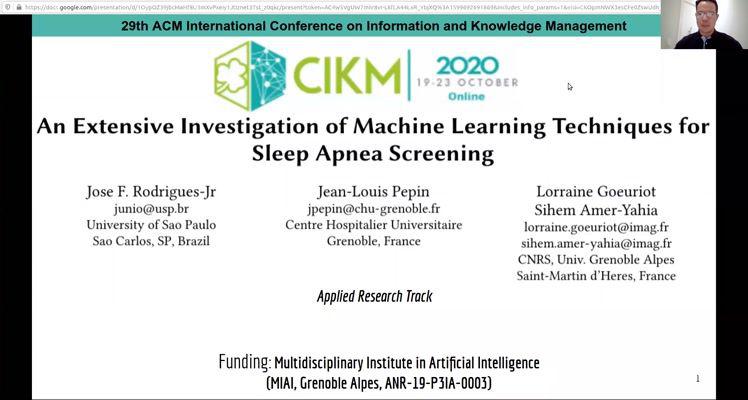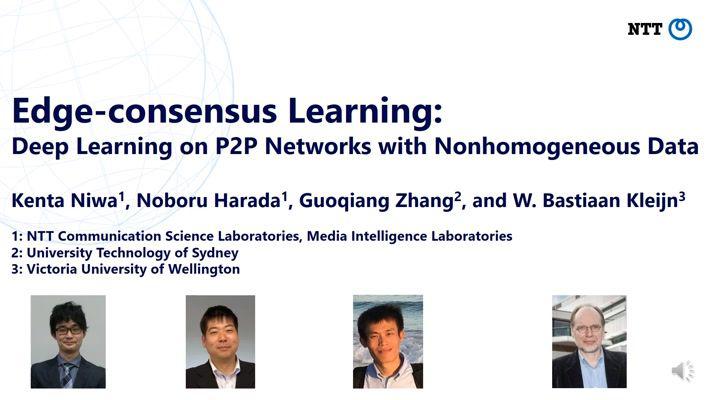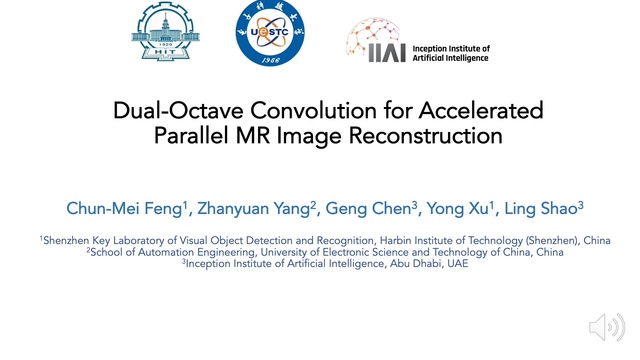Abstract:
Machine learning (ML) methods are increasingly being used to predict pathologies and biological traits using neuroimaging data. Here controlling for confounds is essential to get unbiased estimates of generalization performance and to identify the features driving predictions. However, a systematic evaluation of the advantages and disadvantages of available alternatives is lacking. This makes it difficult to compare results across studies and to build deployment quality models. Here, we evaluated two commonly used confound removal schemes–whole data confound regression (WDCR) and cross-validated confound regression (CVCR)–to understand their effectiveness and biases induced in generalization performance estimation. Additionally, we study the interaction of the confound removal schemes with Z-score normalization, a common practice in ML modelling. We applied eight combinations of confound removal schemes and normalization (pipelines) to decode sex from resting-state functional MRI (rfMRI) data while controlling for two confounds, brain size and age. We show that both schemes effectively remove linear univariate and multivariate confounding effects resulting in reduced model performance with CVCR providing better generalization estimates, i.e., closer to out-of-sample performance than WDCR. We found no effect of normalizing before or after confound removal. In the presence of dataset and confound shift, four tested confound removal procedures yielded mixed results, raising new questions. We conclude that CVCR is a better method to control for confounding effects in neuroimaging studies. We believe that our in-depth analyses shed light on choices associated with confound removal and hope that it generates more interest in this problem instrumental to numerous applications.









































